Shannon O’Donnell’s work revolves around demonstrating gender binary.
Art is always and everywhere the secret confession, and at the same time the immortal movement of its time – Karl Marx
Influences:
Claude Cahun – “Her work is very political. I found it strange at first but once I got to learn about her and her gender bending, I thought her work was completely abstract and completely strange. Claude Cahun would write letters and put them in soldiers pockets telling them to shoot sergeants in the heads. Rebelled for her art and didn’t care about consequences.” Claude Cahun’s work relates to Shannon O’Donnell’s work as they both look into whether there are only two gender and how your gender defines you. Both try to make a political statement with their work. Originally, Claude Cahun’s name was Lucy Schwob in the early 20th century in France. By changing her name she was protesting against sexual and gender stereotypes.
Duane Michals – A famous photographer from the last century, mostly known for his work with series, multiple exposures and text. During the 1960’s Michals excelled in field photography and manipulated the medium to communicate narratives, this era was heavily influenced by photojournalism. He is widely known for his fame by frame format. The text that is handwritten on a lot of his texts gives the photos more personalisation and makes them more poetic as Michals intended.
“Duane Michals is another interest, not extravagant and big, just simplistic.” – Shannon O’Donnell
Casa Susanna – her photography began in the 60’s by taking photoshoots of men and transgender women. Her work was thought as an escape where men and transgender people could be theme-selves and not be ridiculed. The image were private and intimate for the models and the photographer and gave the models as sense of normality and safety.
“One day they could very housewifey, the next day they could be a group of women together having a gossip over tea.”
Walter Pfeiffer – He takes photographic portraits of friends, lovers and the youth surrounding him in cities such as Zurich, Paris and New York. His work links him to other photographers of that decade, such as Nan Goldin and Nobuyoshi Araki. His first published photographs appeared in the 1980’s.
“One click, and that’s it,”
Adi Nes – This photographer’s project is called Soldiers. Juxtaposing masculinity and manhood, his images use soft lighting, are very posed and use young models.
Theoretical Development – Judith Butler– talks about masculinity and femininity. In a interview she talks about how a young man was judged for the way he walked and was considered gay.
“Androgyny is not trying top manage the relationship between the opposites it is simply flowing between them” – June Singer
https://www.shannonodonnell.co.uk/personal
Shrinking violet was one of her projects in 2016. Mocking the traditional role that women held. In order to progress her work further into gender studies.
Another project was Abort Mission in 2018- she saw people praying outside an abortion clinic. Protesters claiming it to be their religion, although nothing says you can’t abort a child and that you should pray in public. A road in Cardiff had a lot of sex clubs and pubs around the area where the anti abortion protesters were.
By Your Beside in 2018 – her mum was in a coma because she couldn’t breath for herself. It was Christmas Day and she was taken into hospital, she fought for two days and was then put into a coma, had 2 bacterial infections in her lungs. Made a film and interviewed people in her family about the experience, the film was called Susans Sleep. Used sound sacking/layered audio with own footage and music.
The next project was The Cat and The Mice, at the river side in Cardiff the suffragette movement in Wales, to do with Margaret Macworth and Kate Evans. The suffragettes were violent and the suffragists were more political, less known and didn’t like the suffragettes. She titled this project as The Cat and The Mice because it was about the suffragettes getting starved in cells in prison and found out about this due researching archives in books and medals from Kate Evans from surviving in prison. One of the events that occurred during the suffragette movement was Margaret Macworth throwing a bomb into a postbox. Shannon O’Donnell took a photo on where the postbox was blown to pieces which has now been replaced. She also took a photo of Tescos where the peace hall had been replaced. To add to her project she made an exhibition called Where they Stood. In this project she reconstructed the place where the suffragettes were force fed. The room where she did had a chair in an empty room, Shannon O’Donnell reconstructed this.
Another big movement that happened during these times was due to Emily Pankhearst – her aim was to get attention and be in newspapers to get more publicity. The suffragettes were seen as terrorists and were laughed at due to their “stupid actions” at the time. The incident where people started to have more debates on the true meaning behind what the suffragettes doing was at a horse race where Emily jumped out in front of the King’s horse when she was trying to put a flag on the horse. People also saw this as a suicide mission and died from the injuries.
Thats not the way the river flows was another project in 2019; mocking masculinity and felinity and questioning what makes you what you are. She made a short film about it. Still images are taken from her films. She made a poem about gender and the idea that society follows a strict binary of male and female. She made the film in black and white. The way she documented this project was by setting up a tripod and pressing record; she says it “adds to it as its more like a performance” she then takes photos of the the good shots in the film. She takes the stills into premier film and then into photoshop and edits them. Her work is more of a documentary, as she looks at large political problems and responding to the world around her.
Is it just being a women or is there more layers to it? – Shannon O’Donnell
Current work:
Photography at uni – did presentations and seminars and harshly critiqued. Progression wise there was a lot more research and theory in history at uni. It was more independent, self driven and difficult and challenging. Her course drove the idea of big projects over a couple years and getting grants and awards.
She is currently working in jersey in the photographic archives, Digitising a lot of film negative and analogue processes and makes videos for social media. She does this on a camera set up and shoots on the laptop straight from the camera.



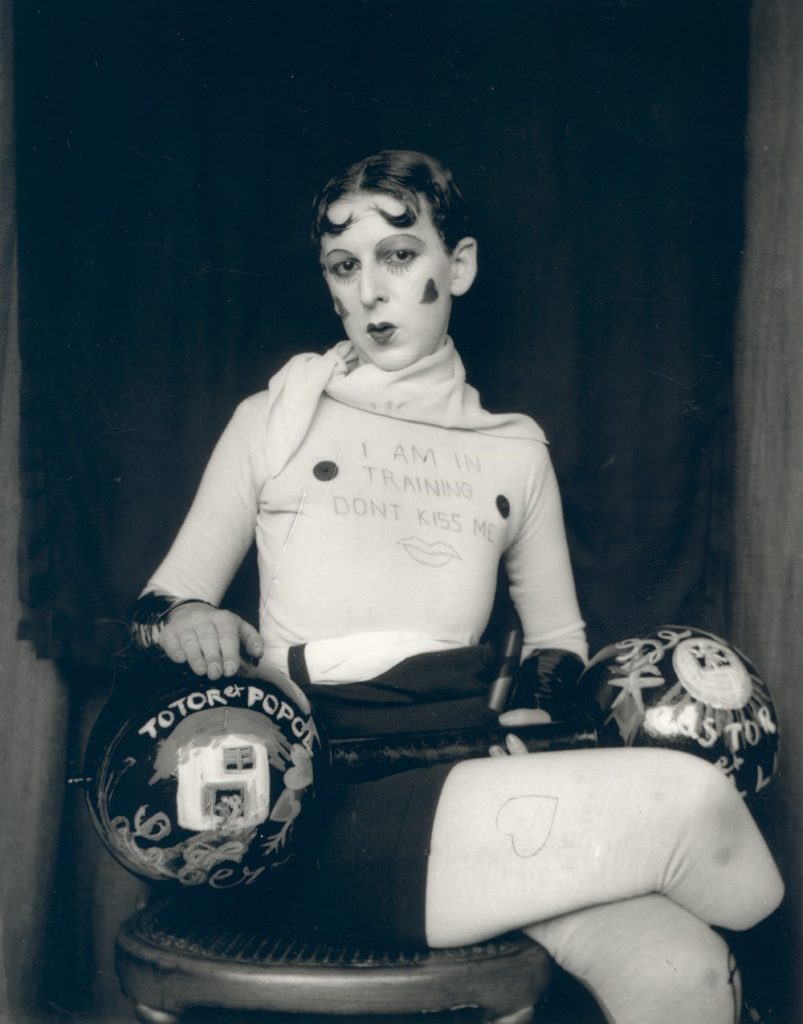

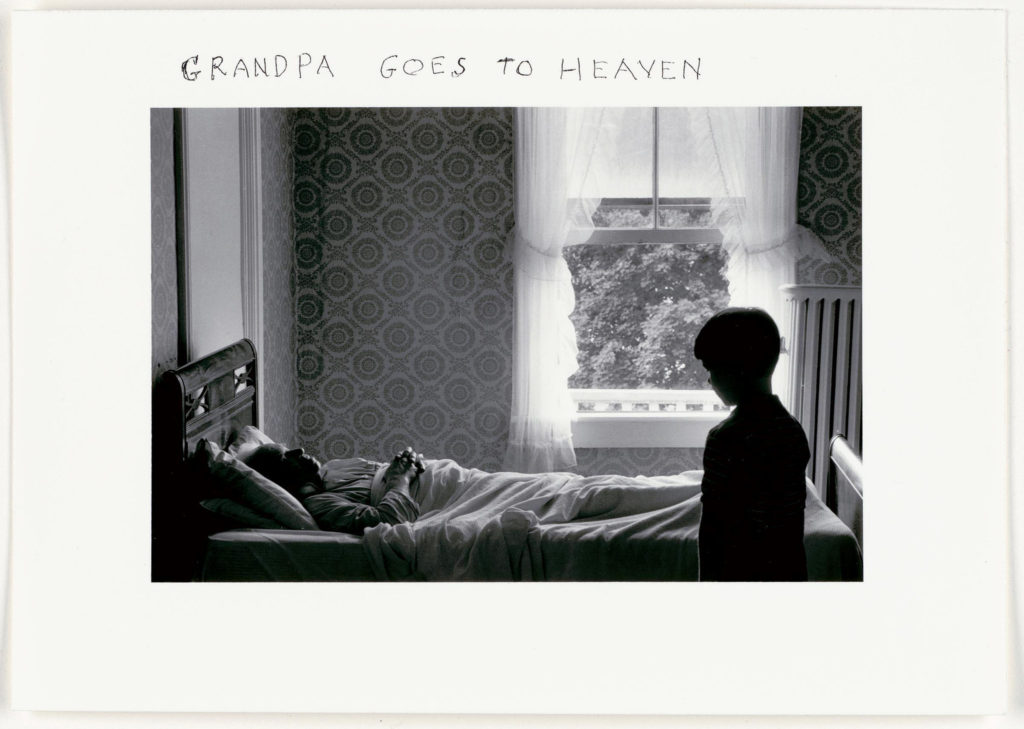

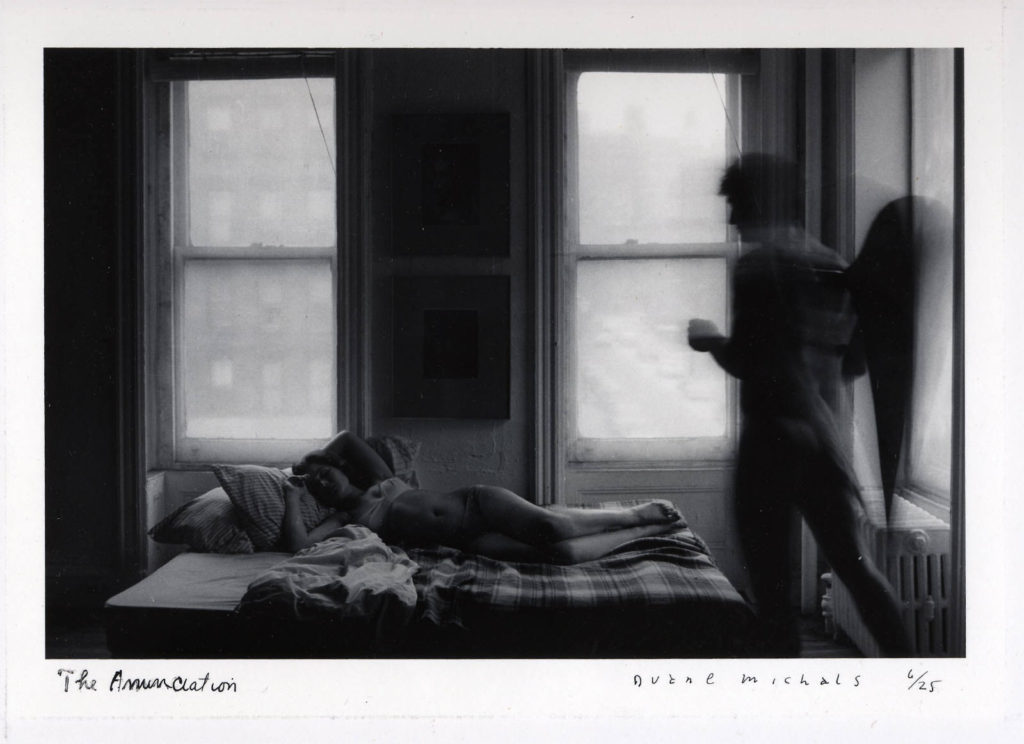
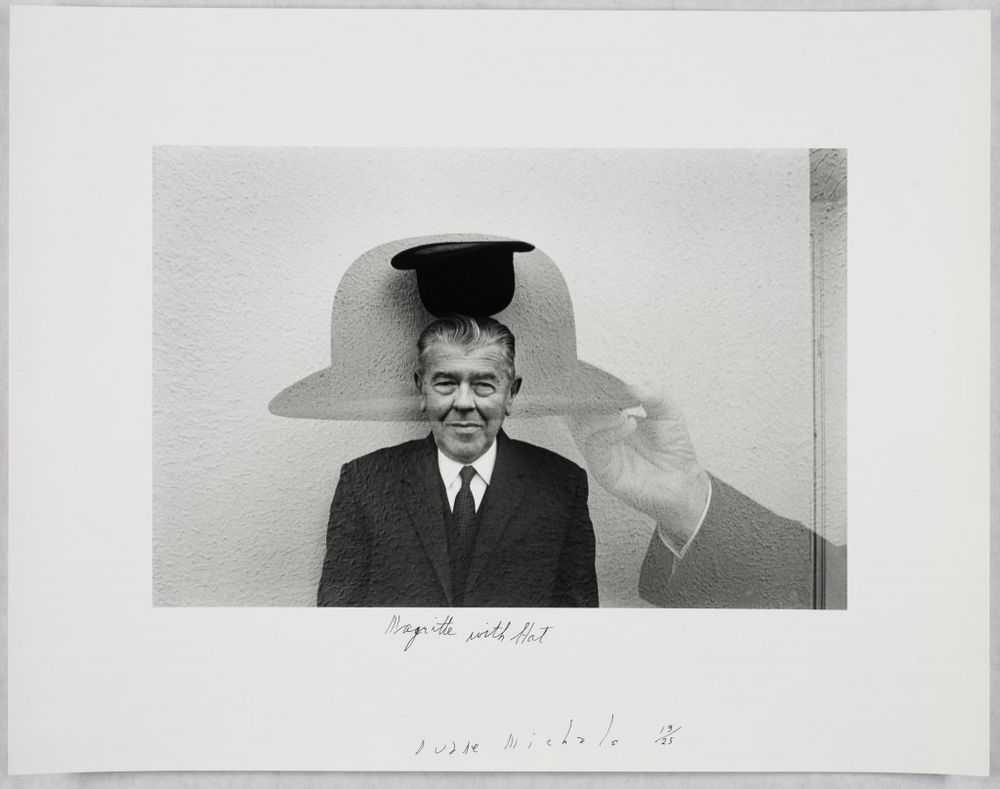
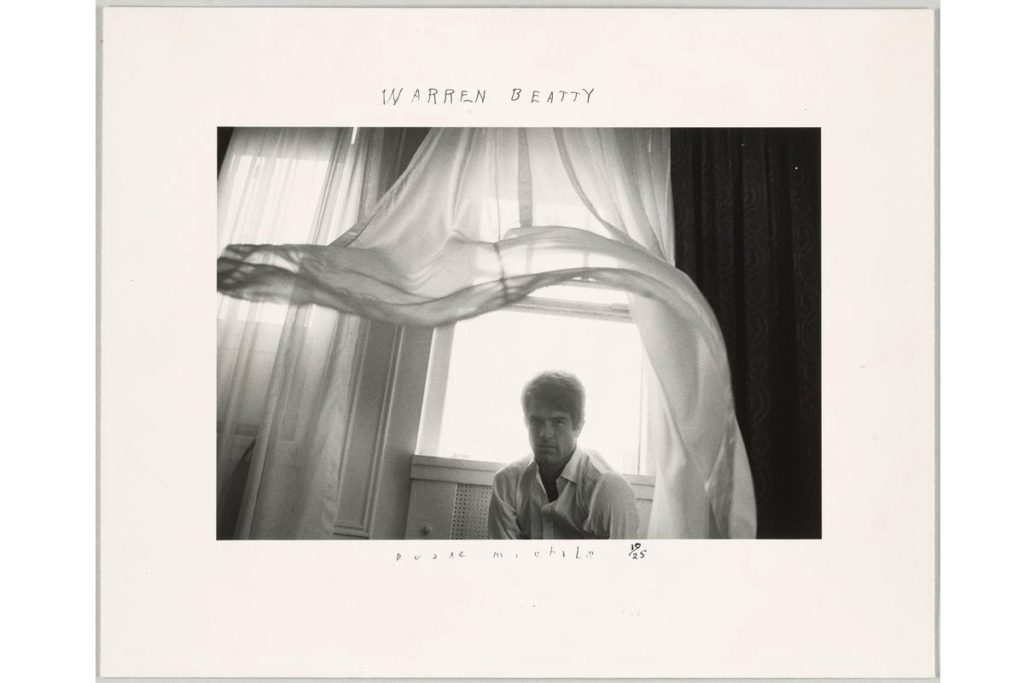
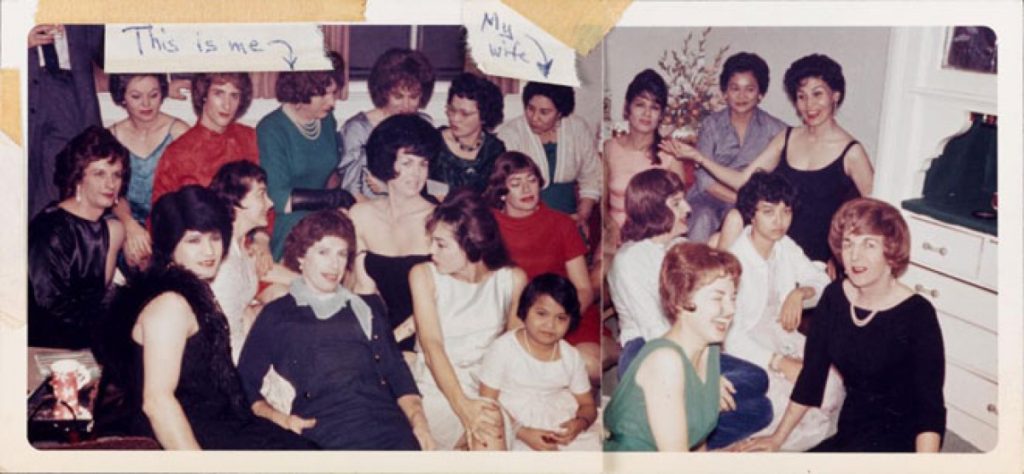
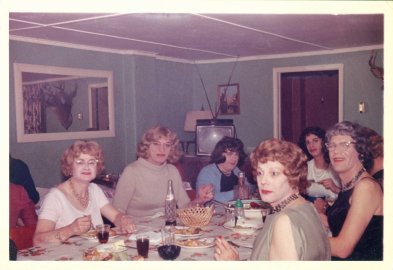



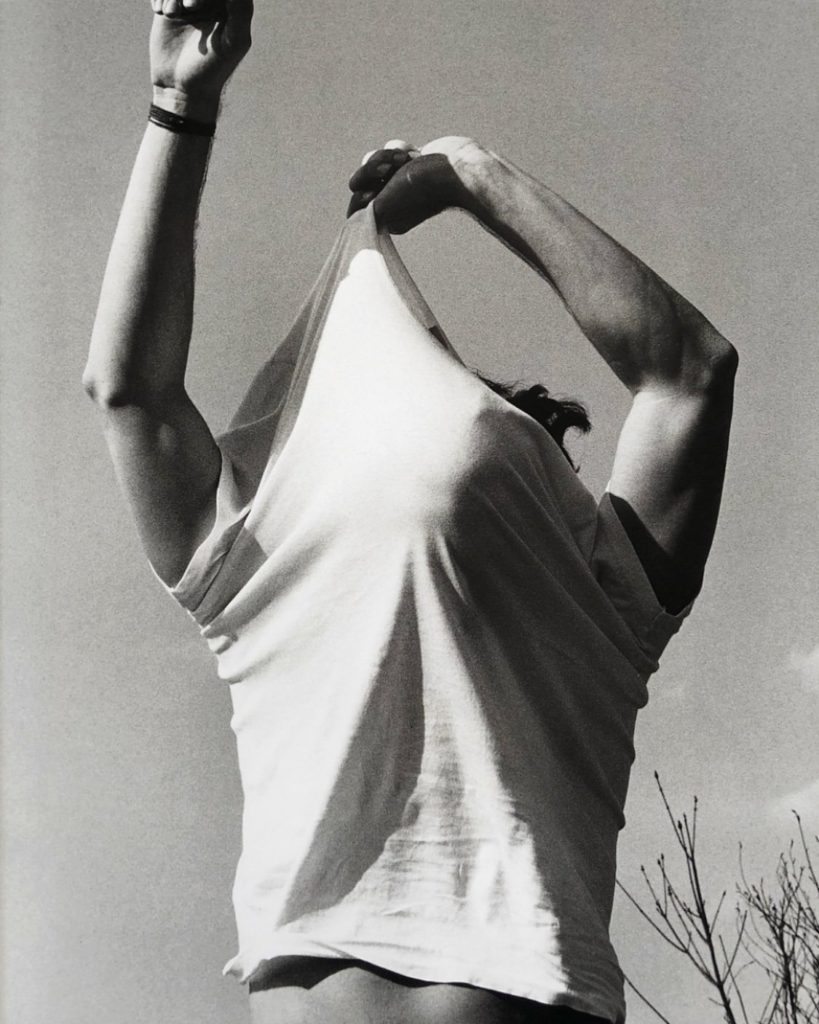
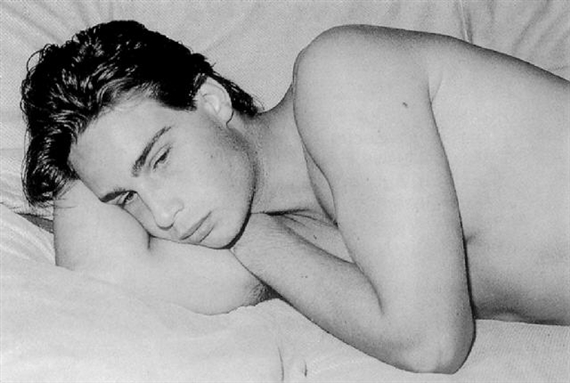

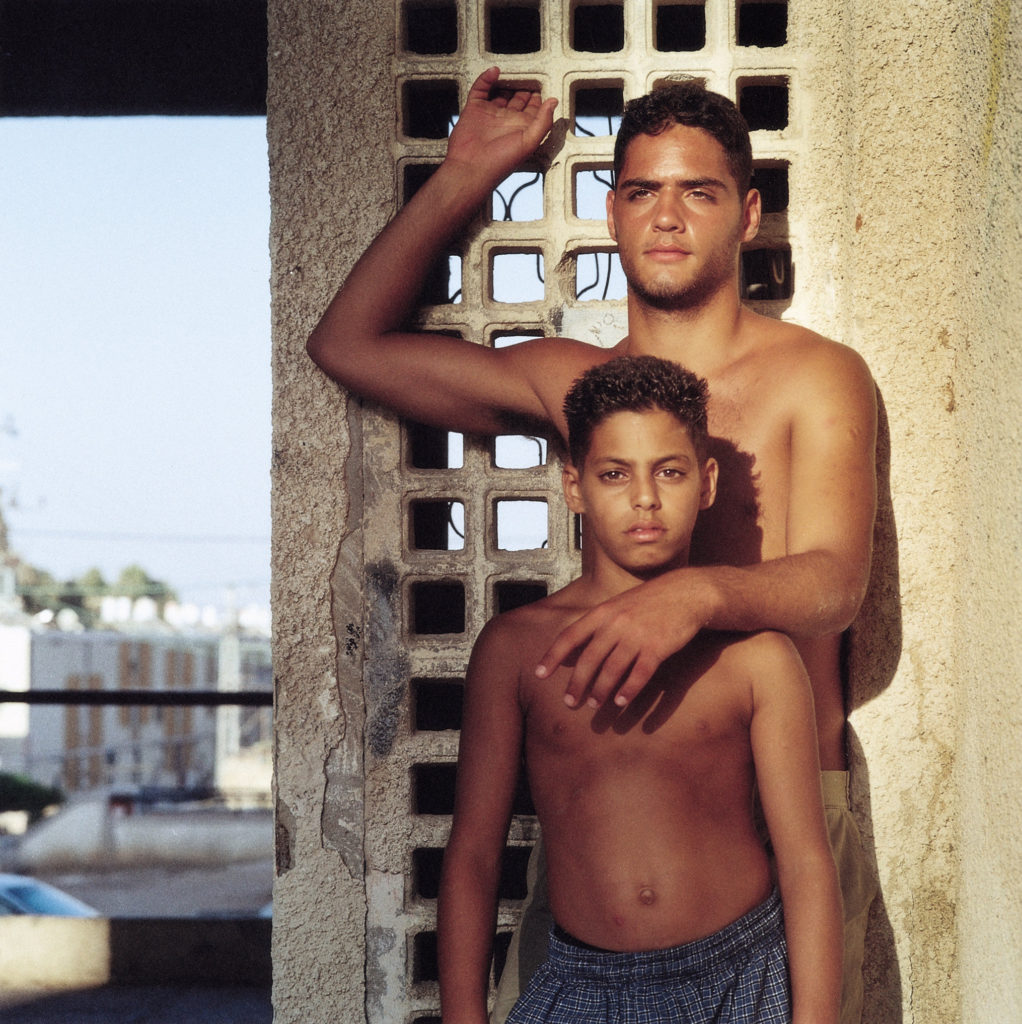
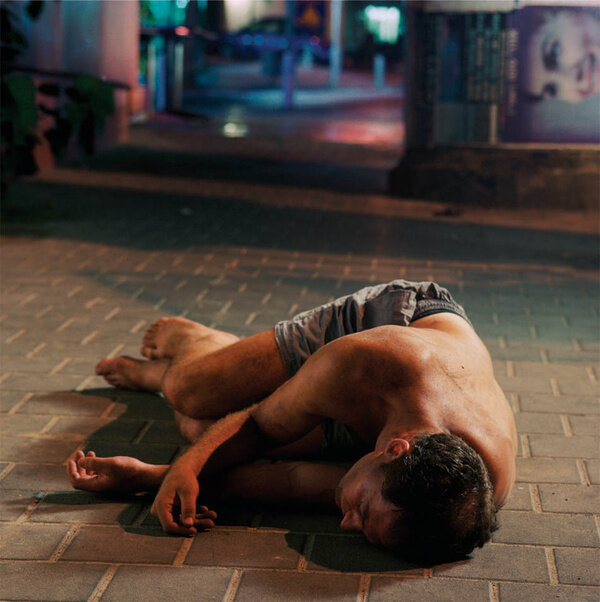
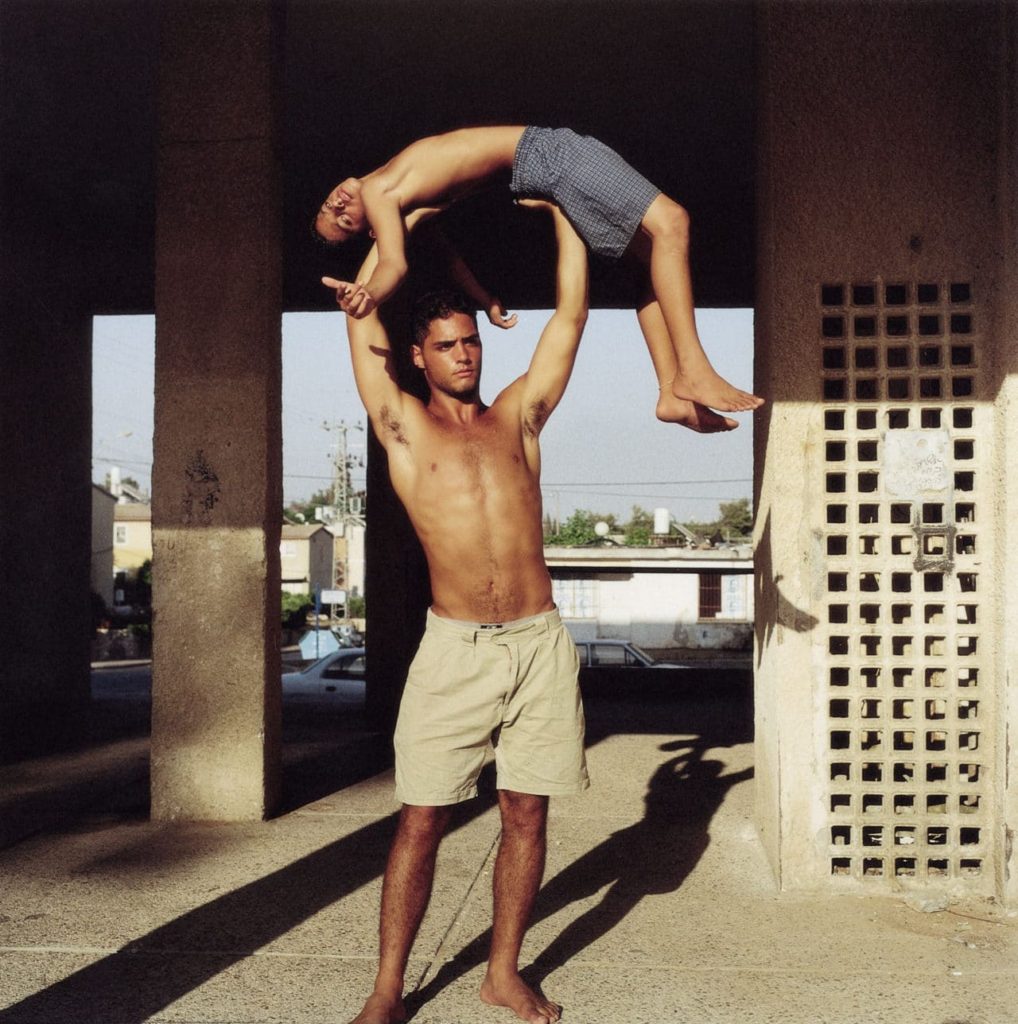
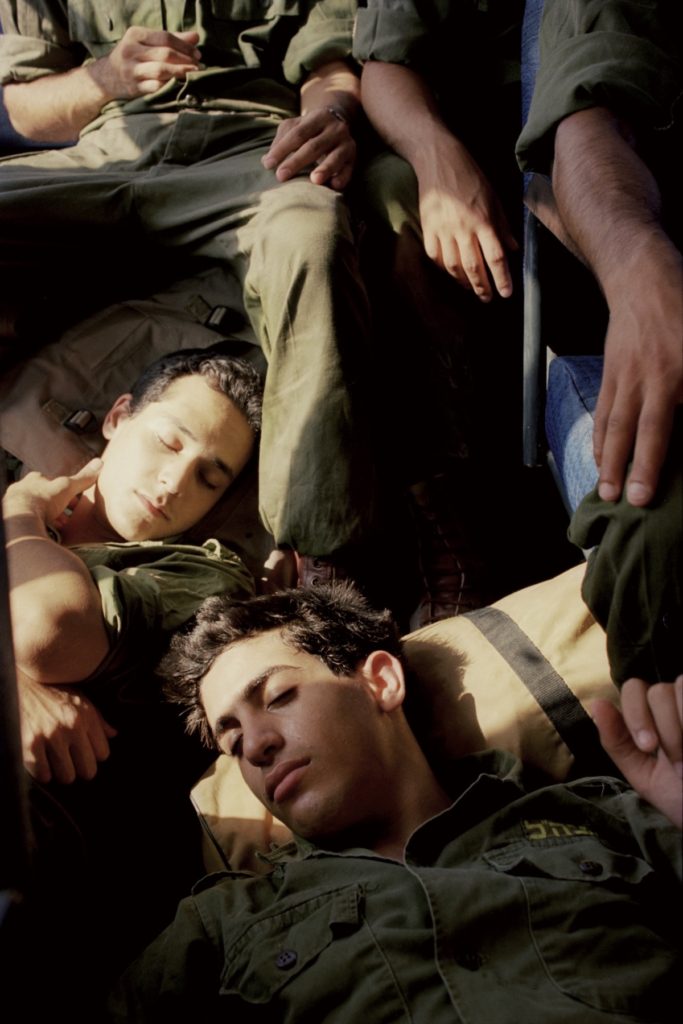
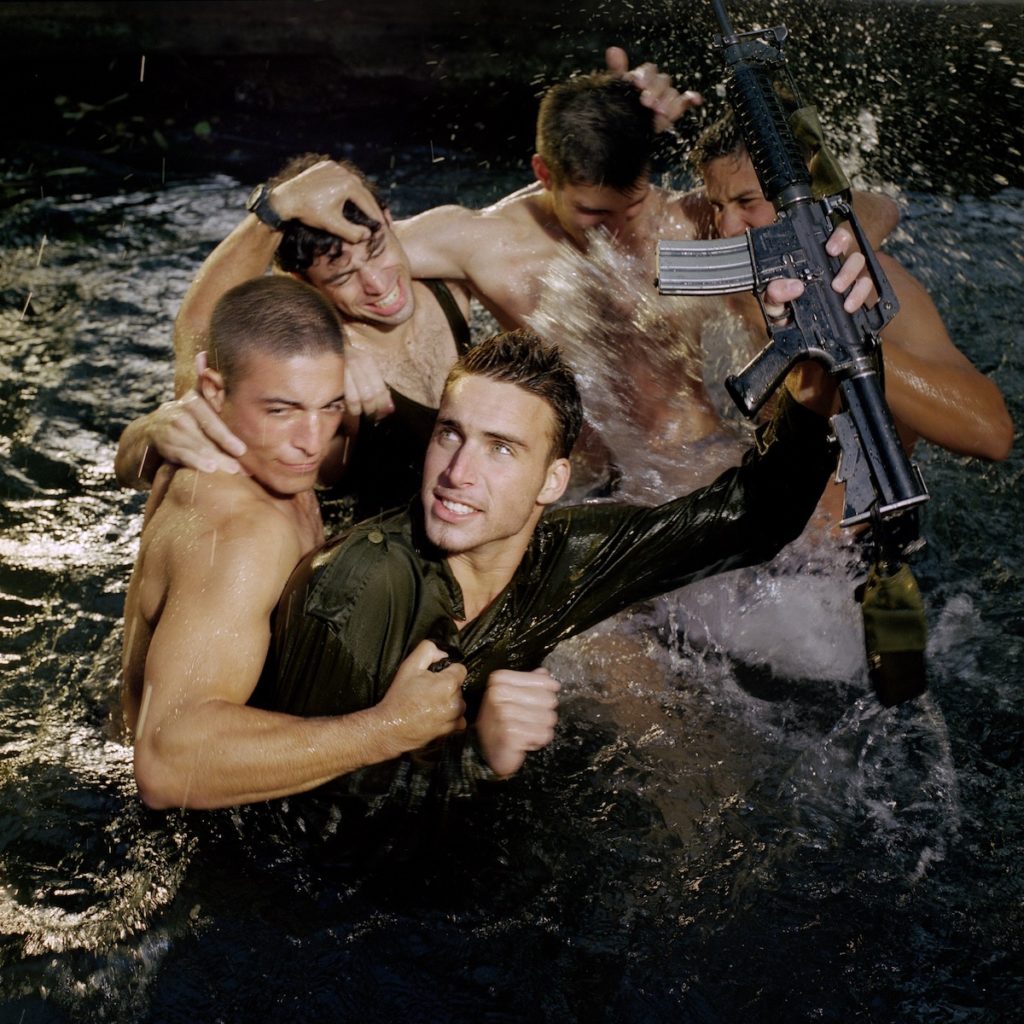

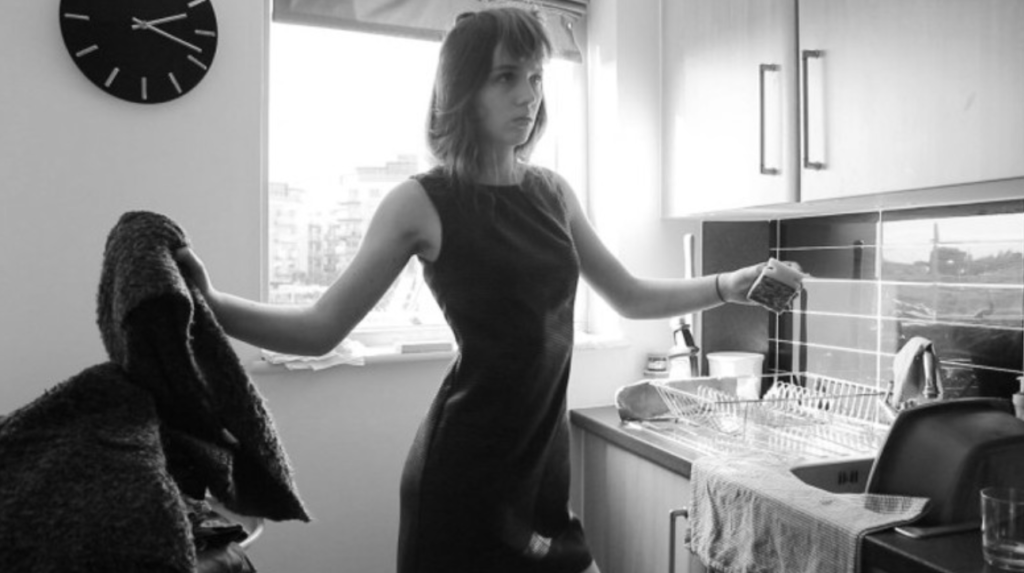
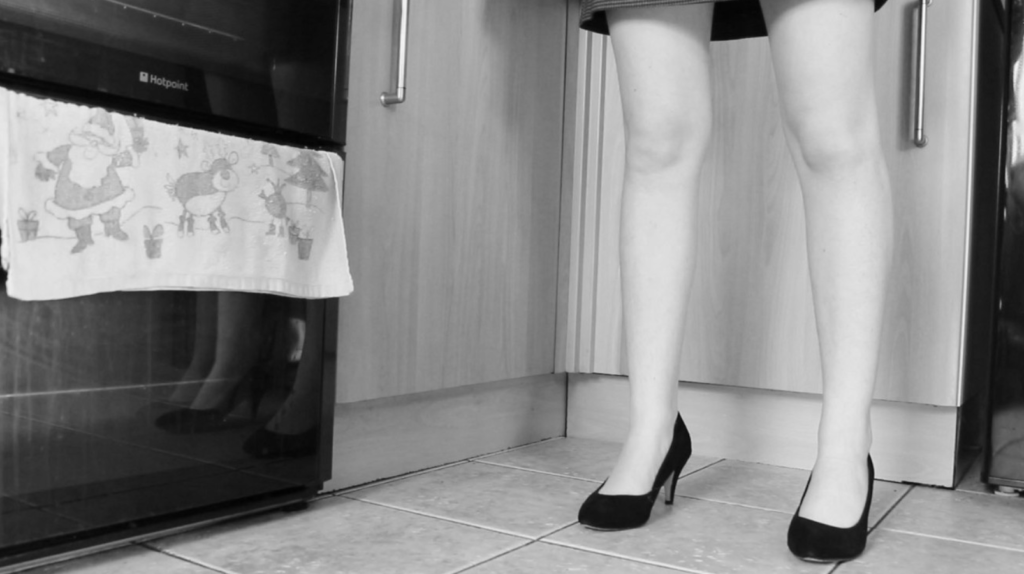
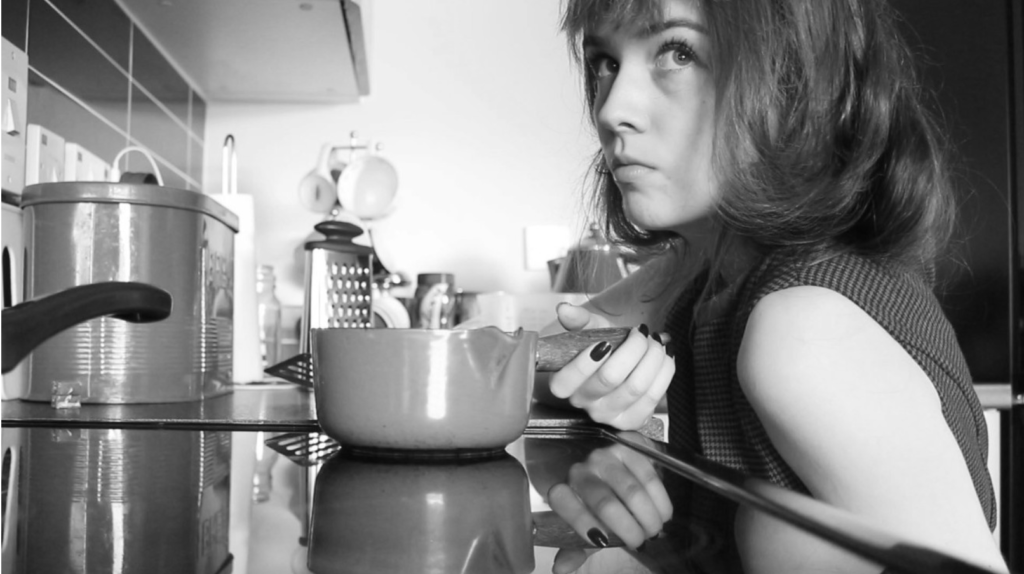
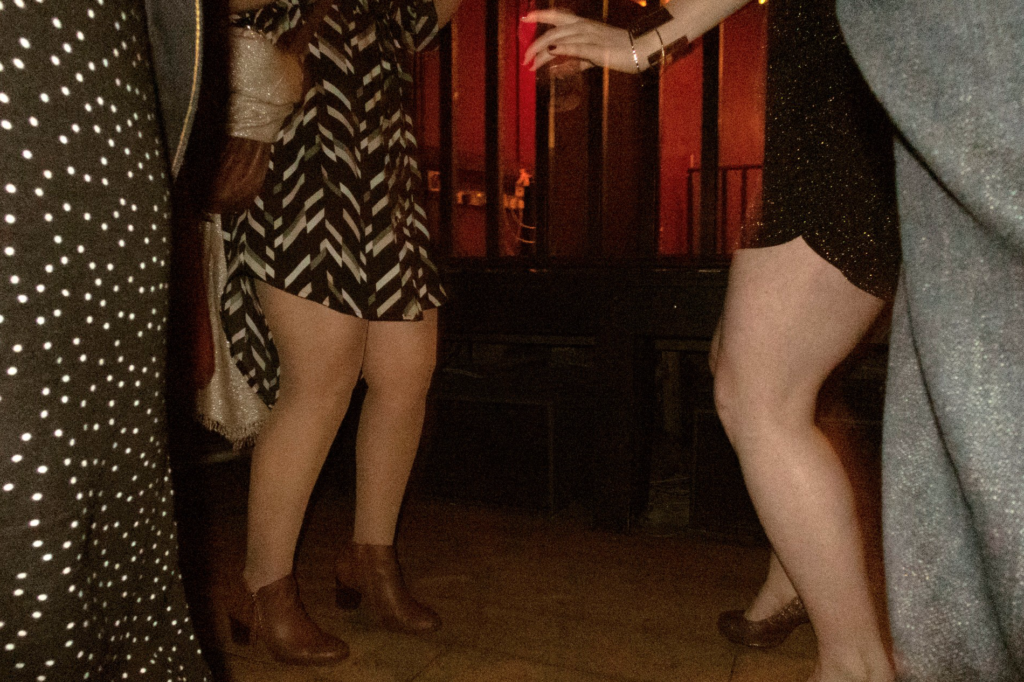
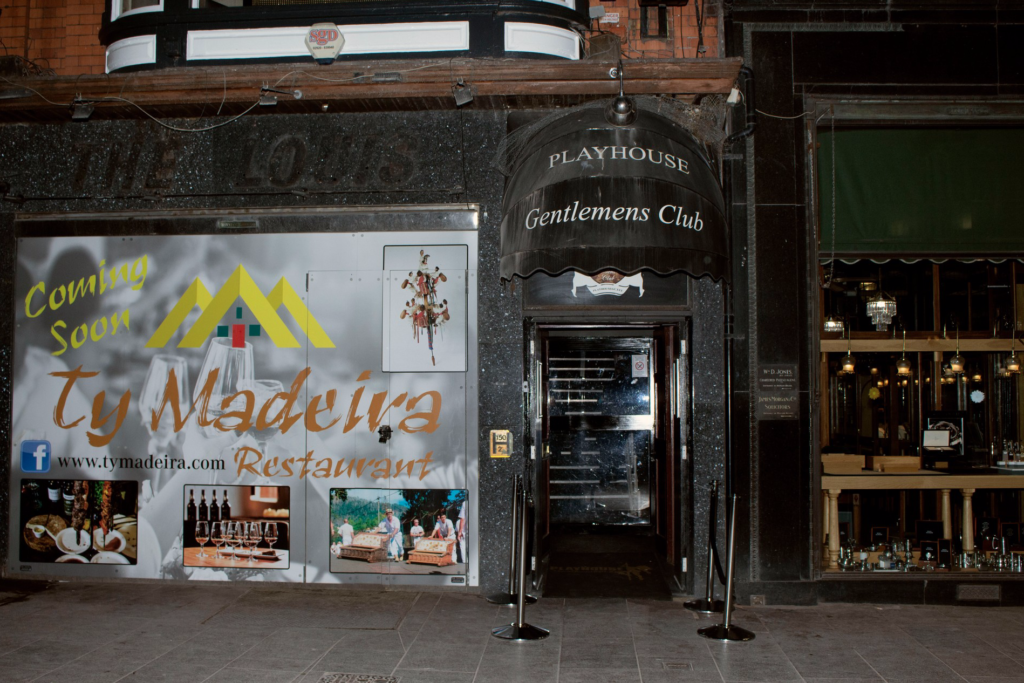
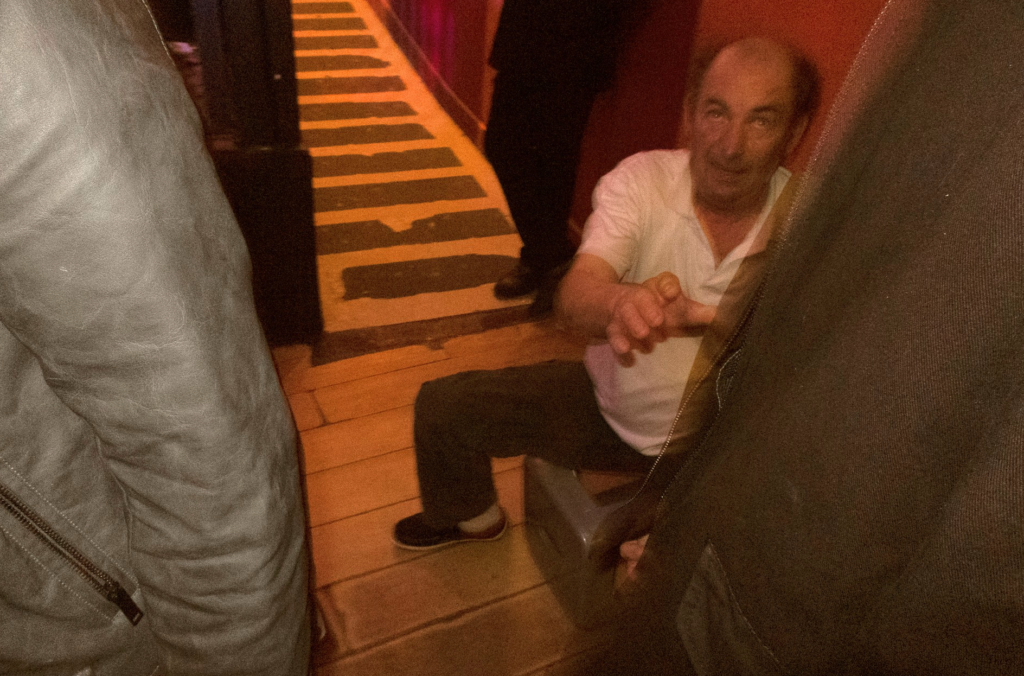
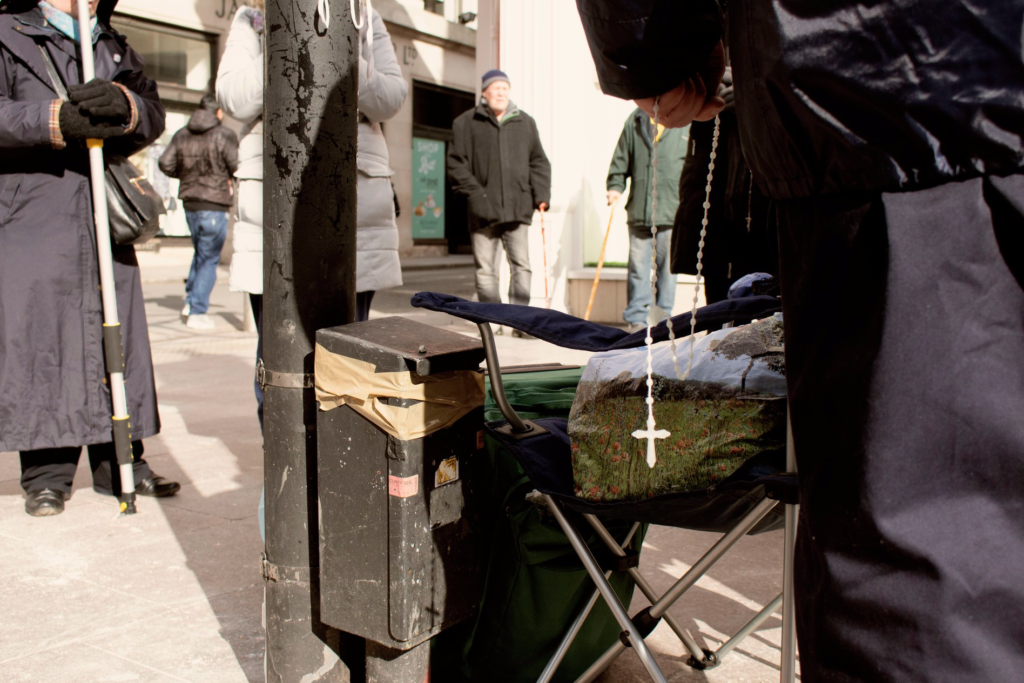
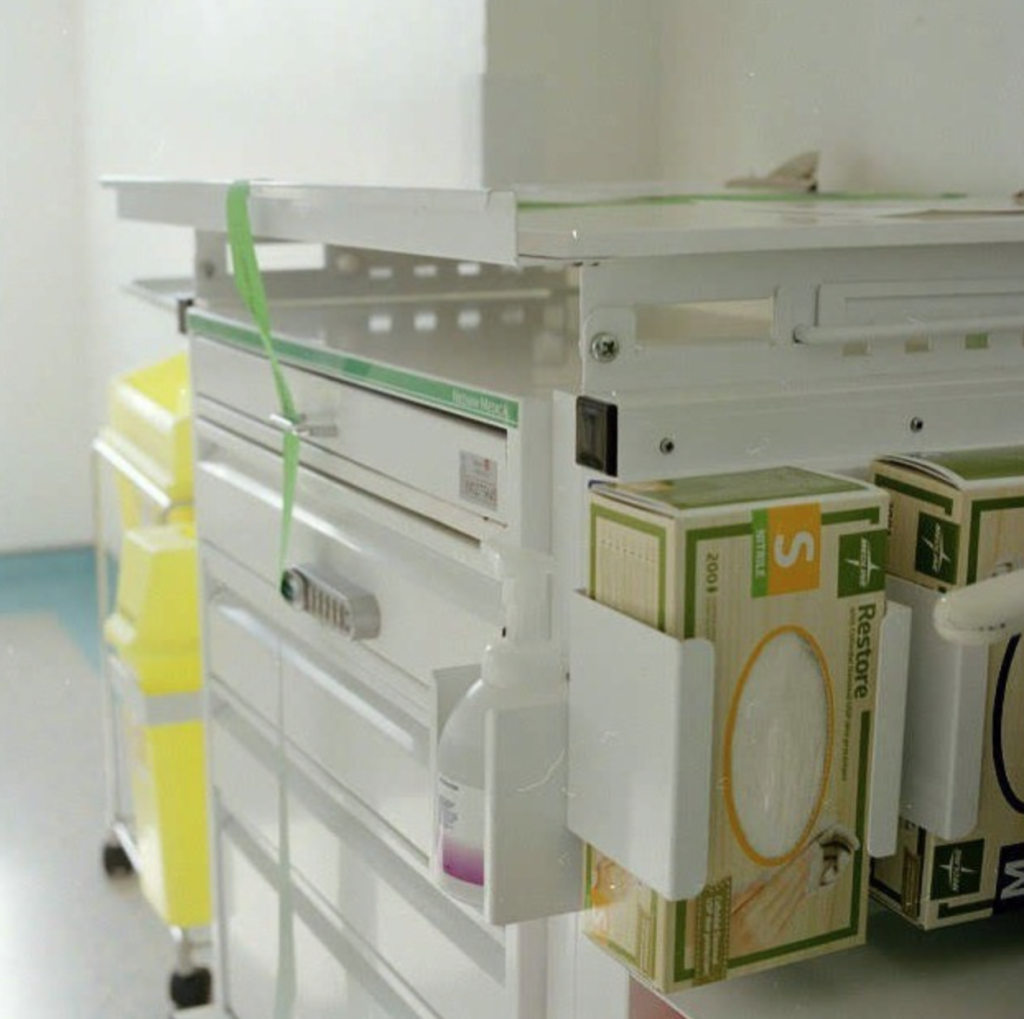
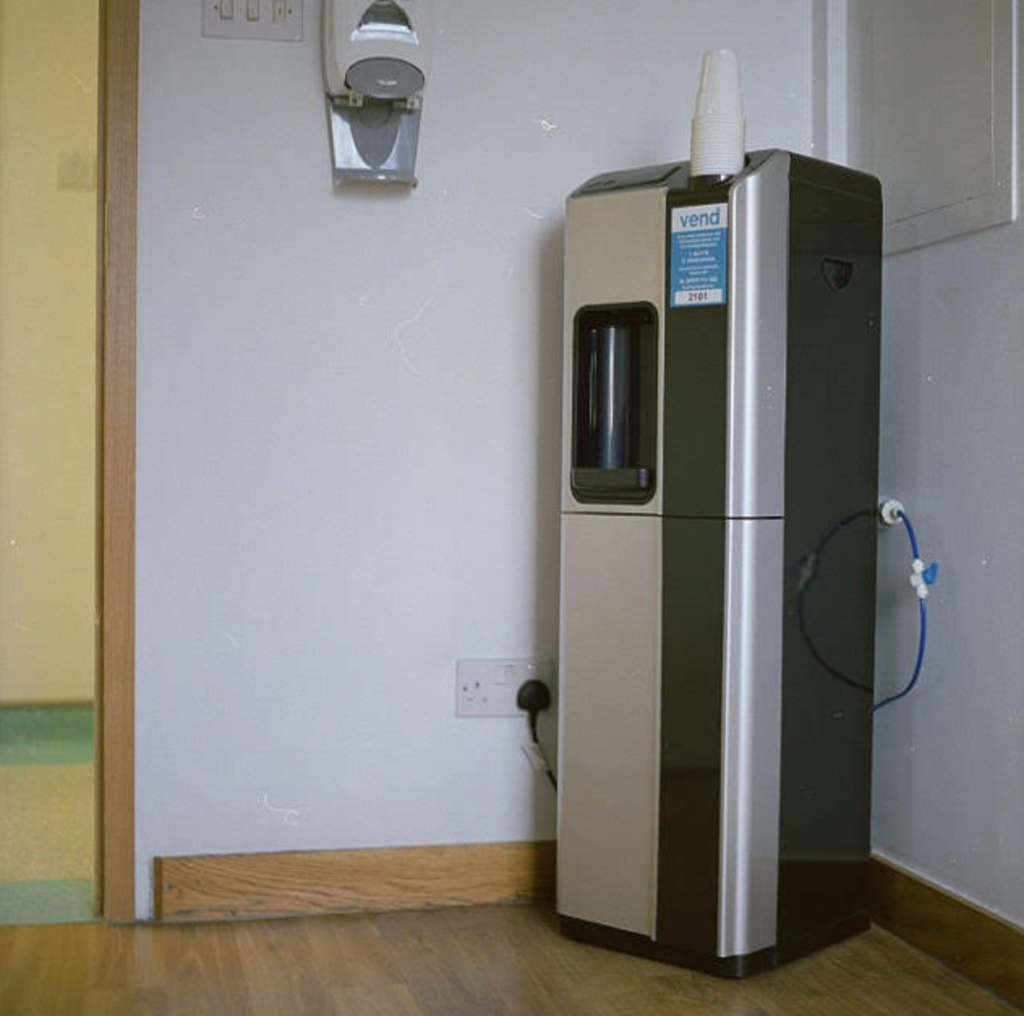
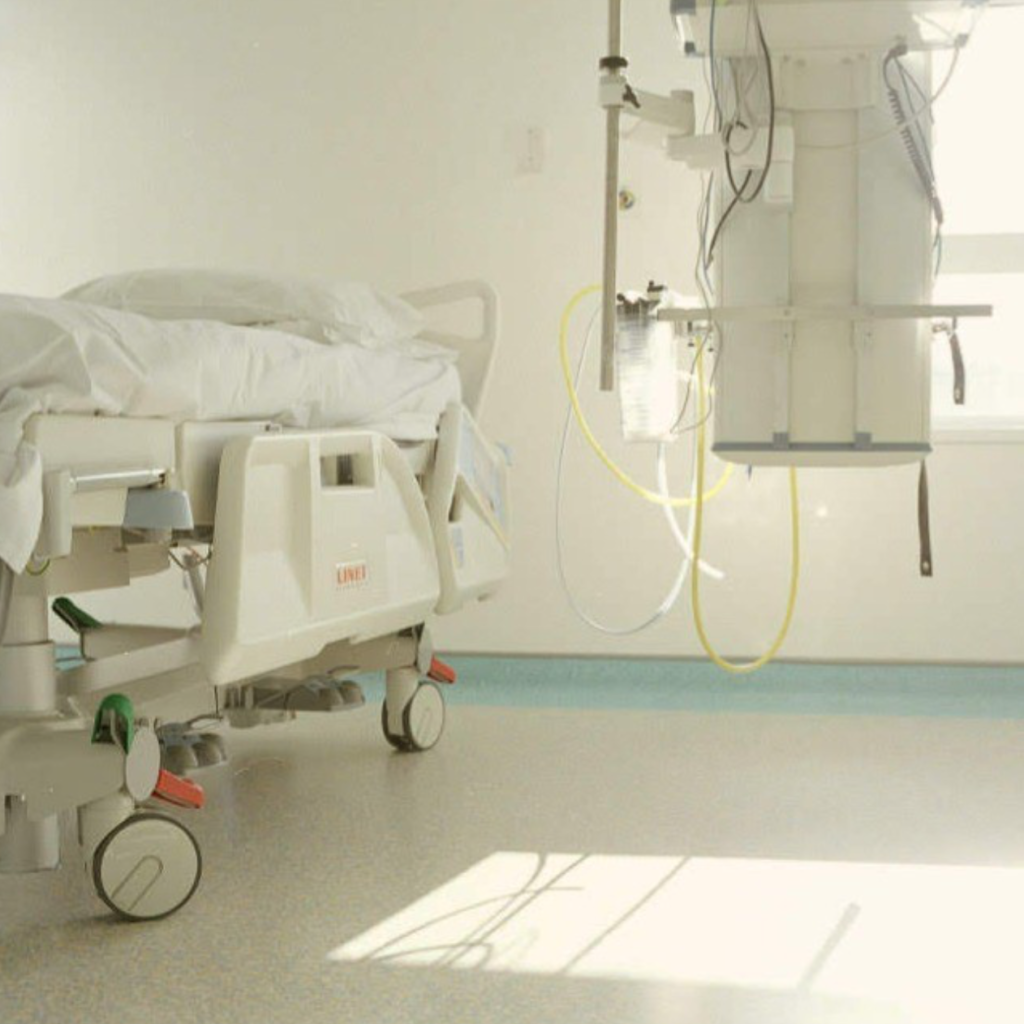


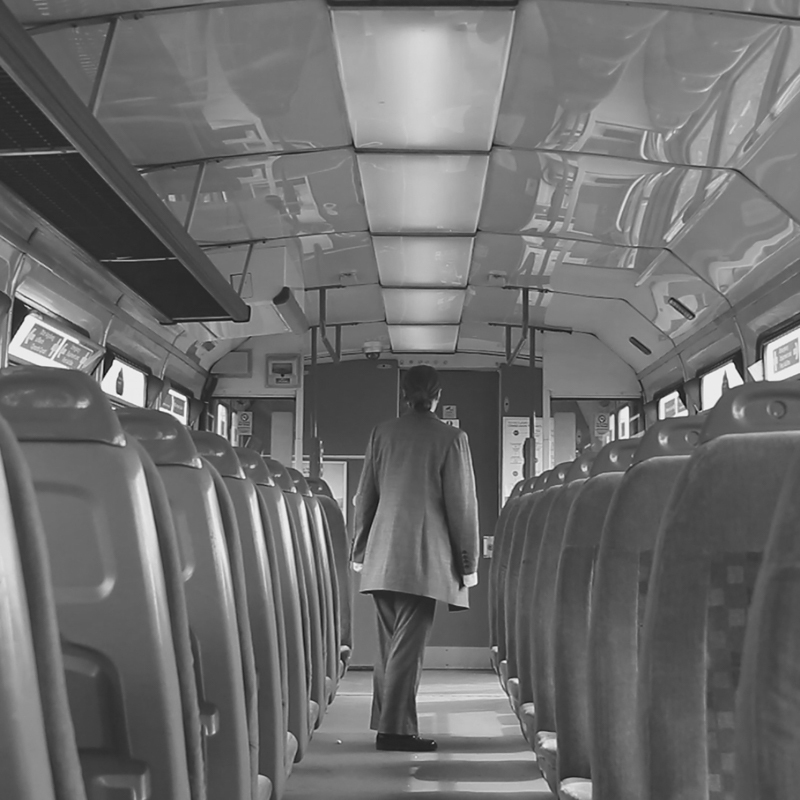
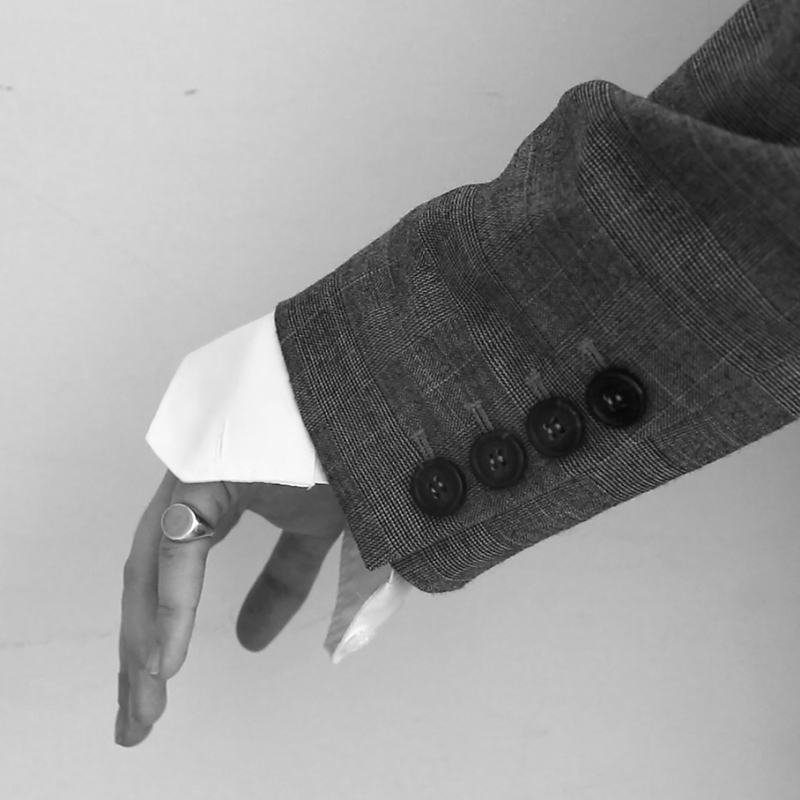
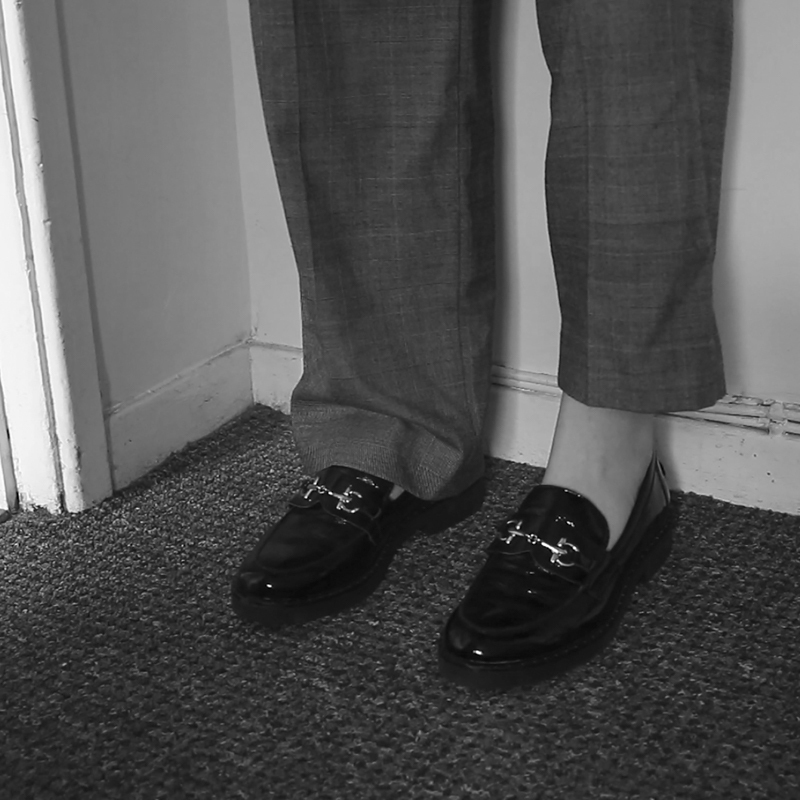
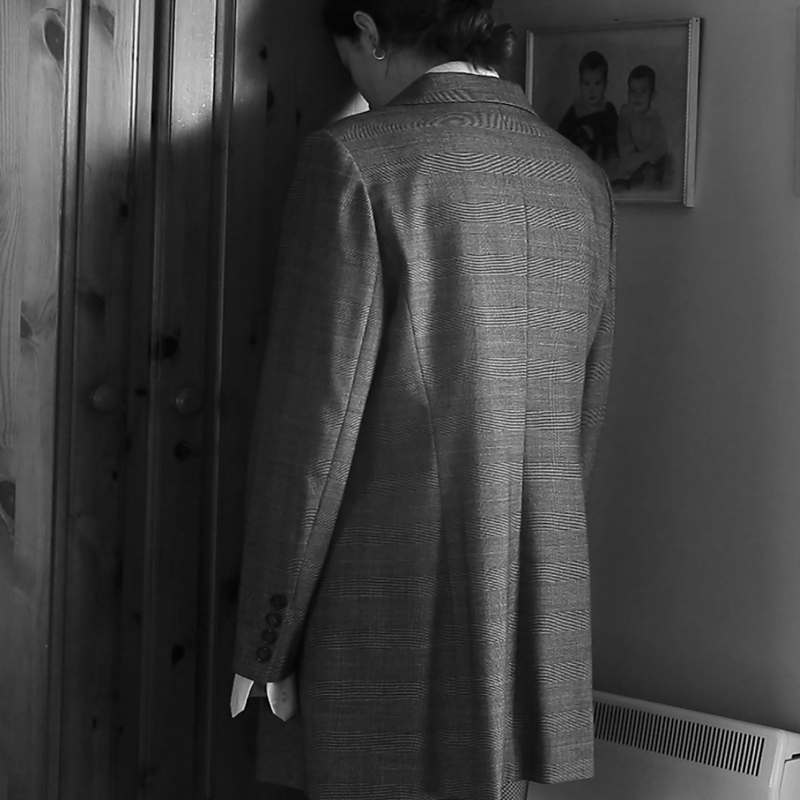
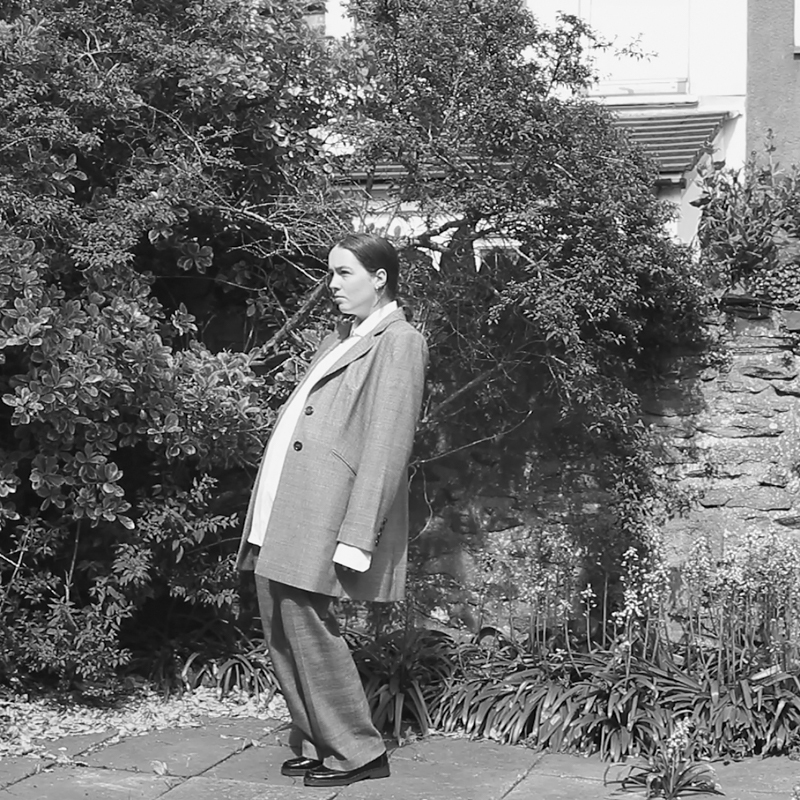
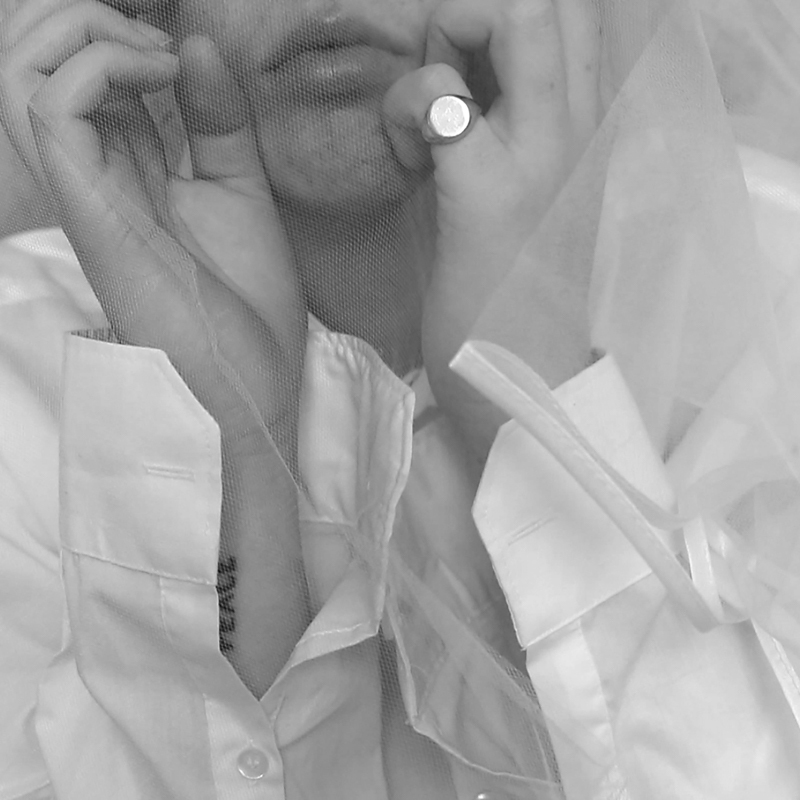
Excellent top notch blog post demonstrating contextual and critical understanding of Shannon’s work around gender binaries